A string of controversies in recent years involving tech companies has led many observers to call for stronger antitrust enforcement and a tougher competition policy. A new addition to this public demand comes from an unlikely source: In November 2018, the Supreme Court heard oral arguments in a case brought by Apple to dismiss a lawsuit from Robert Pepper and three other iPhone owners. The defendants in Apple Inc. v. Pepper accuse the company of acting like a monopolist by controlling which apps to publish in its app store, taking a cut of sales, and prohibiting other app distributors. The Court’s decision could have major implications beyond this case for e-commerce companies that act as platforms for matching buyers with sellers. A decision for the defendants in Apple Inc. v. Pepper might also force large platform companies to alter current business models based on providing mobile apps.
At issue is the legal precedent set by the Court’s 1977 Illinois Brick Co. v. Illinois case, which held that only direct purchasers of products may sue for antitrust damages. Apple has argued that this legal doctrine exempts them from antitrust liability in this case, since customers pay app developers who then pay Apple a percentage of their sales. However, if developers then pass along the costs, consumers effectively pay Apple for the privilege of purchasing apps.
Consumer welfare standard
For decades, antitrust enforcement in the United States has hinged on the consumer welfare standard, where regulators attempt to prove that the size and power of businesses result in higher prices or lower quality for consumers. These criteria have proven difficult to apply to today’s technology companies, many of which collect consumer data and sell targeted ads instead of charging customers directly. The welfare effects of collecting and sharing consumer data are hard to quantify and assess, yet the standard remains relevant given the exchange of an individual’s data.
Under the consumer welfare standard, the Justice Department (DOJ) and the Federal Trade Commission (FTC) can take action against large technology companies. Microsoft settled with the Justice Department in 2001 over the bundling of the Internet Explorer with their Windows operating system. In 2013, the FTC declined to investigate Google over its promotion of its own services in search results, but a similar investigation by the European Commission led to a $2.7 billion fine in 2017. Another U.S. antitrust suit in 2014 found Apple colluding with a group of five book publishers to fix prices for e-books. That settlement repaid $400 million to Apple e-book customers. To reach a similar outcome in the Pepper case, the defendants must demonstrate that consumers are overcharged as a result of Apple controlling which apps it sells to customers.
Collecting tolls in a walled garden
The Pepper case examines the manner in which technology companies handle app stores. First, Apple exerts strict control over its app store in order to keep out pirated content and malware, but also hate speech, adult content, and anything else that does not meet its company standards. For example, it recently forced the popular social networking site Tumblr to remove adult content from its app. Second, Apple is able to apply this level of control largely because it has little competition for selling apps to its smartphone customers. A consumer’s alternative is to “jailbreak” a phone, or remove its built-in controls and restrictions, and void the warranty. According to critics, it is a lack of competition for access to iPhone customers that allows Apple take thirty percent of all app sales. This closed system, or “walled garden”, contrasts with the Android operating system, which Google developed and regularly updates. Google also verifies apps and takes a thirty percent cut of app sales, but it places fewer restrictions on where its users can get apps, including rival app stores.
While there exist clear benefits to consumer welfare as Apple and others police their platforms to protect users from downloading potentially harmful software, the short- and long-term impact is hard to measure in dollars and cents. However, the cost of managing an app store may be passed along to consumers.
One way to reduce the potential of consumer harm is to allow multiple app stores on all smartphones, which would open up greater competition among the platforms themselves. App developers and buyers would also benefit by having more choices for where to publish and purchase apps. To further level the playing field, competing app stores could even agree to a set of minimum quality standards for the apps they agree to publish. This benefits app developers, who can reach more potential customers while paying lower fees to app stores. Competition on prices without compromise on quality could also best serve the needs of customers. The app store also aids app developers due to the volume of sales they can accumulate on the platform.
Ultimately, a broad decision in favor of the defendants could apply to other e-commerce platforms as well. Any platform that builds a “walled garden” and then acts as a gatekeeper and toll collector should have to justify this behavior in terms of consumer impact. Otherwise, they risk legal challenges like Apple Inc. v. Pepper that argue that this arrangement is harmful for consumers and anti-competitive for app developers.
Technology innovation should ideally improve quality and reduce prices—if companies and regulators do not create the conditions for competition to spur innovation, consumers will find another venue to make their case. This specific case shows that traditional antitrust regulators at DOJ and FTC are not the only government entities capable of holding technology companies accountable for upholding consumer welfare.
Apple and Google are donors to the Brookings Institution. The findings, interpretations, and conclusions posted in this piece are solely those of the authors and not influenced by any donation.
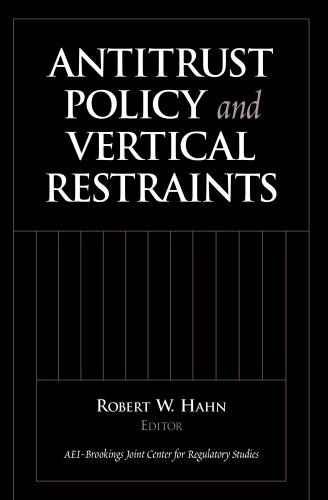
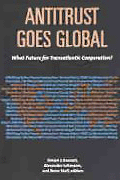
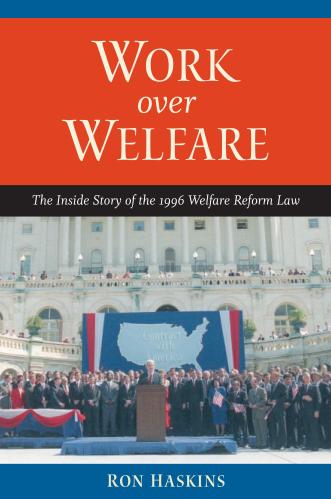
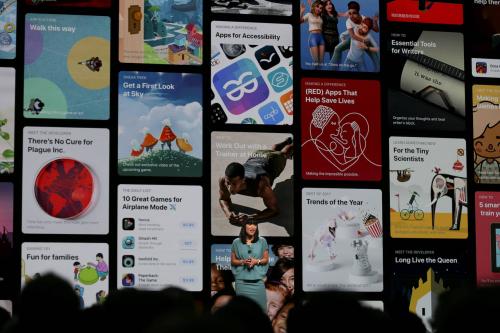

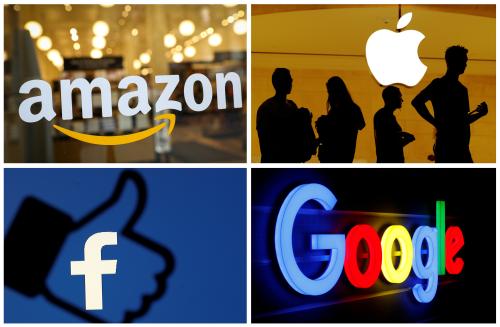



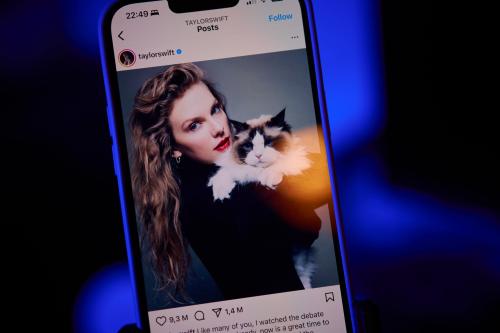
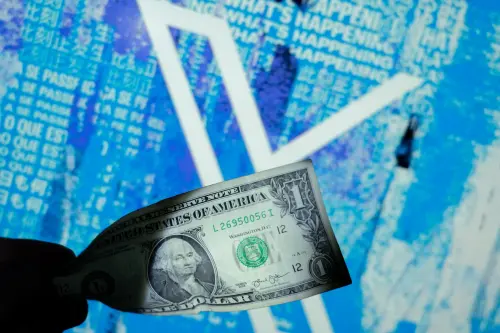
Commentary
Supreme Court antitrust case bypasses traditional technology regulators
January 29, 2019